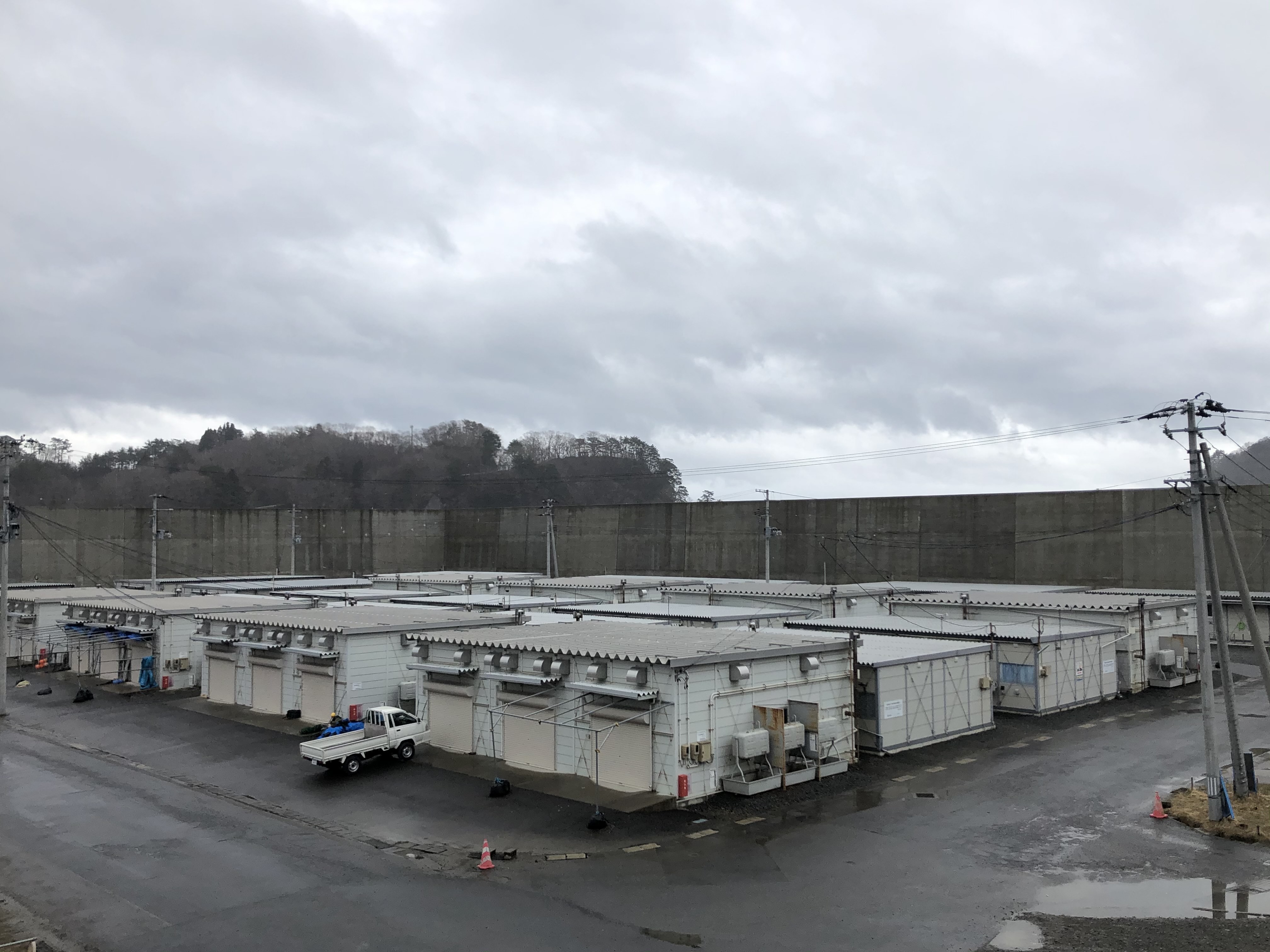
11th March 2011, the coastal area of Iwate, Miyagi and Fukushima suffered great loss from a major tsunami caused by the Great Tohoku Earthquake. 10 years have passed since then. The townsfolk in post disaster areas have been working hard on various restoration projects to revitalize their town, while striving against the hardships and grief brought by the disaster for the past 10 years.
Legacy
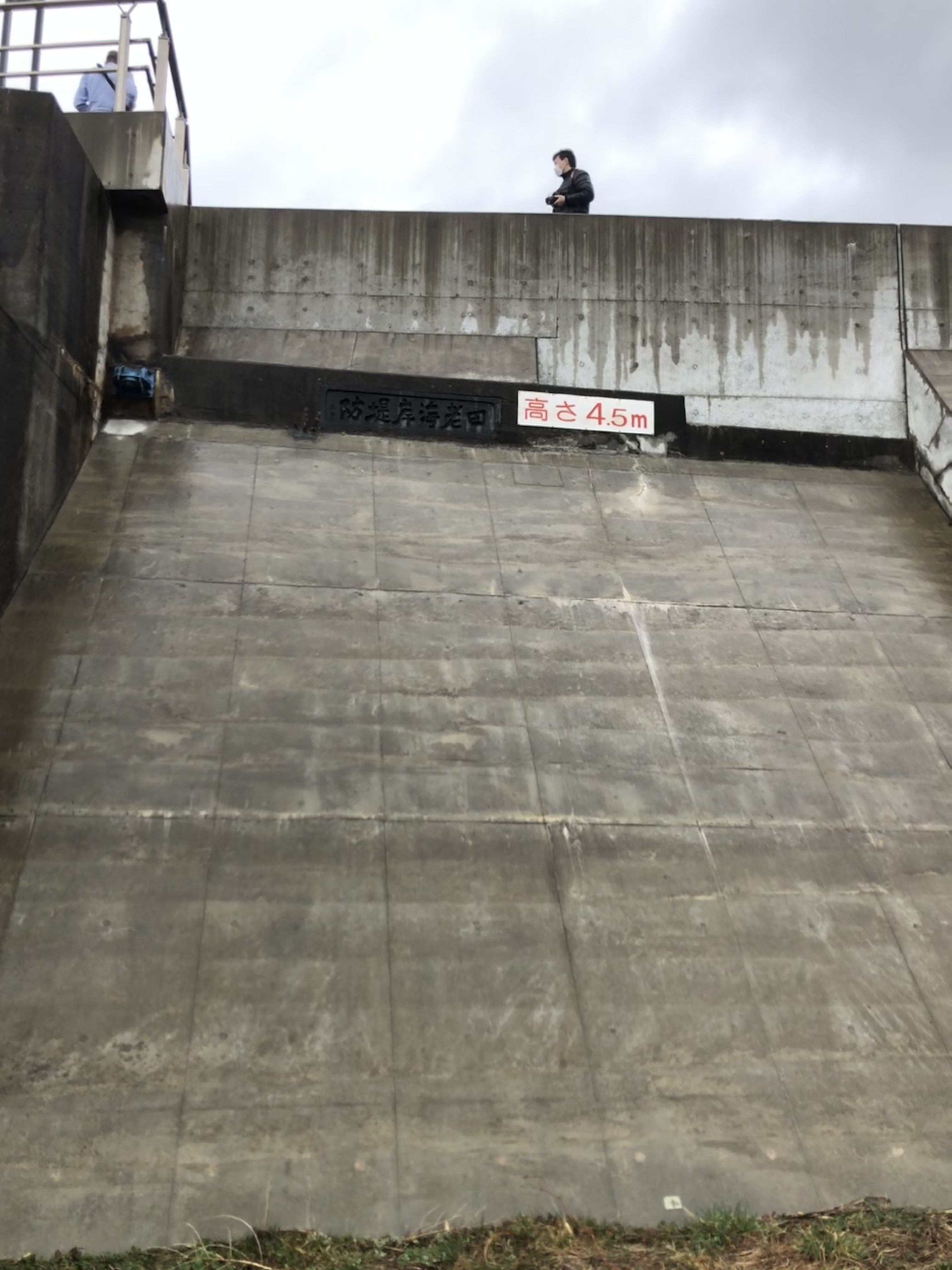
Motoda Kumiko, our guide for Disaster Prevention Tour in Taro, shared with us about the survival story of local residents, the struggles and pain in rebuilding their hometown, and her love towards the town that raised her.
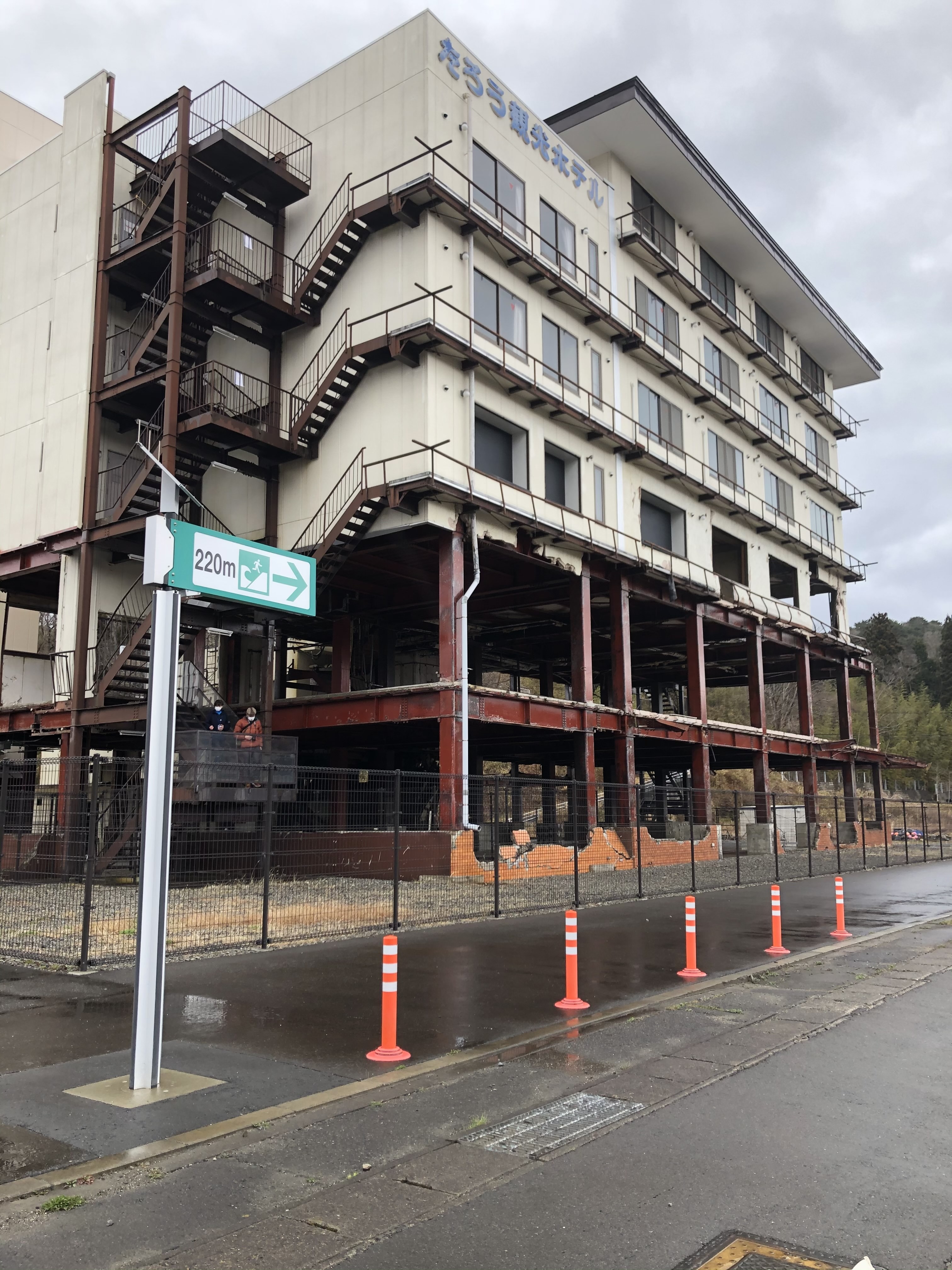
When the second wave of tsunami approached ferociously towards the second seawall of Taro area in Miyako city of Iwate prefecture, it only took about 10 seconds from the destruction of the seawall to the demolition of the whole housing area. All buildings were wiped out mercilessly except Taro Kanko Hotel. The tsunami destroyed the 4 lower floors of the hotel sparing not a single wall, while the 5th and 6th floors were pretty much intact so we could see what the interior looked like before the tsunami. The moment where the tsunami approaches the village was recorded by the hotel’s owner, at the exact room where we were shown the footage. All the audiences were taken aback by the destructive power of the tsunami. After showing us the footage, Motoda mentioned “Disaster happens when people forget. Not saying that disaster comes at a time when people forget about it, but when people forget and let their guards down, disasters happen.” The hotel is now an earthquake heritage site, with the state of destruction being preserved to remind people of the disaster and the importance of disaster mitigation.
The Great Seawalls and the Great Tohoku Earthquake
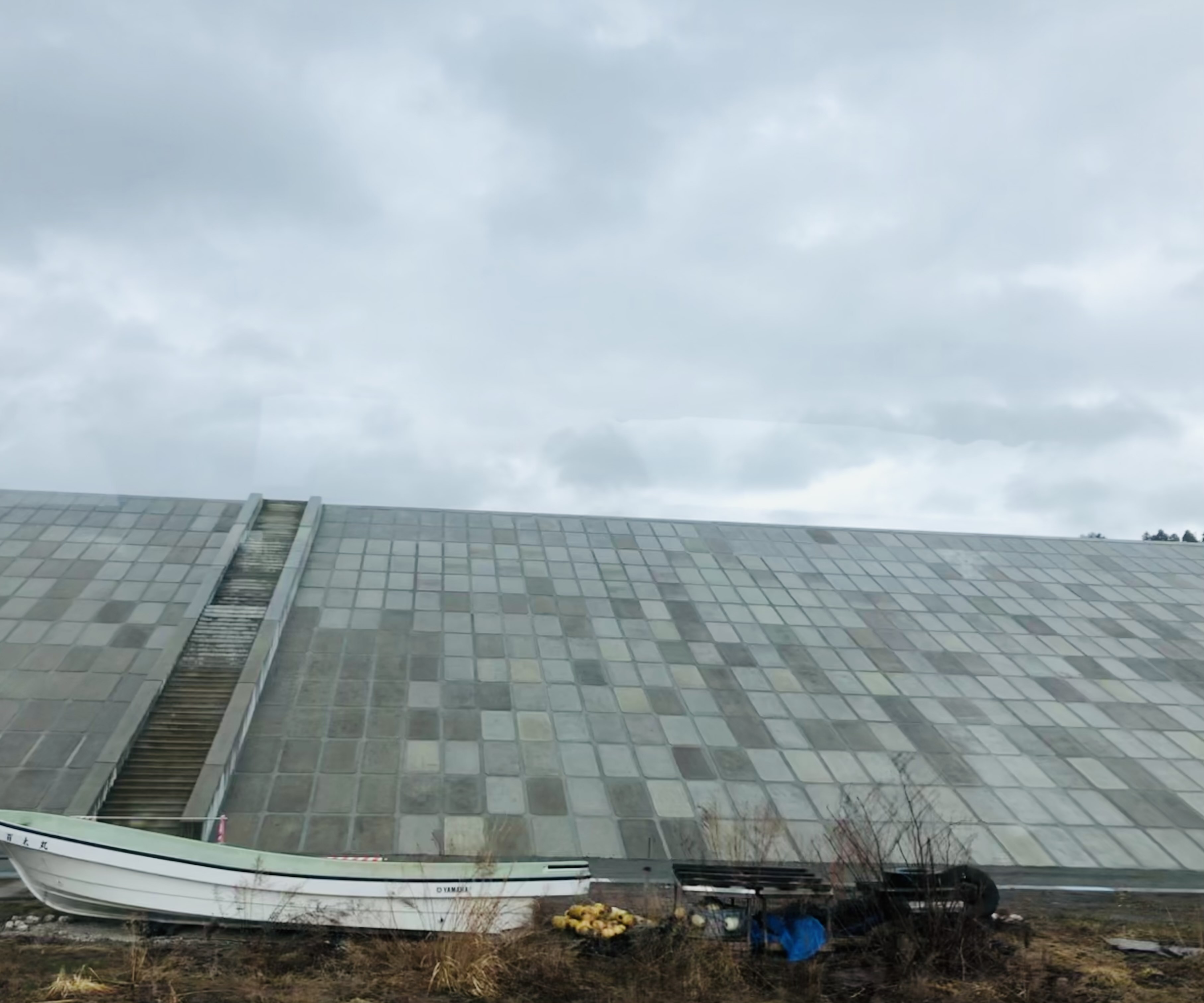
The village of Taro is protected by 3 seawalls. Currently, the destroyed second seawall is still under construction. Between the second and third seawalls there are temporary buildings that are being used as fishermen workshops to process their harvest. There is a baseball court built further behind the walls, where we could see some school children having baseball practice. Motoda said that the baseball court brought liveliness into the village, providing a sense of comfort to the survivors.
The Lingering Sorrow from the Great Tohoku Earthquake
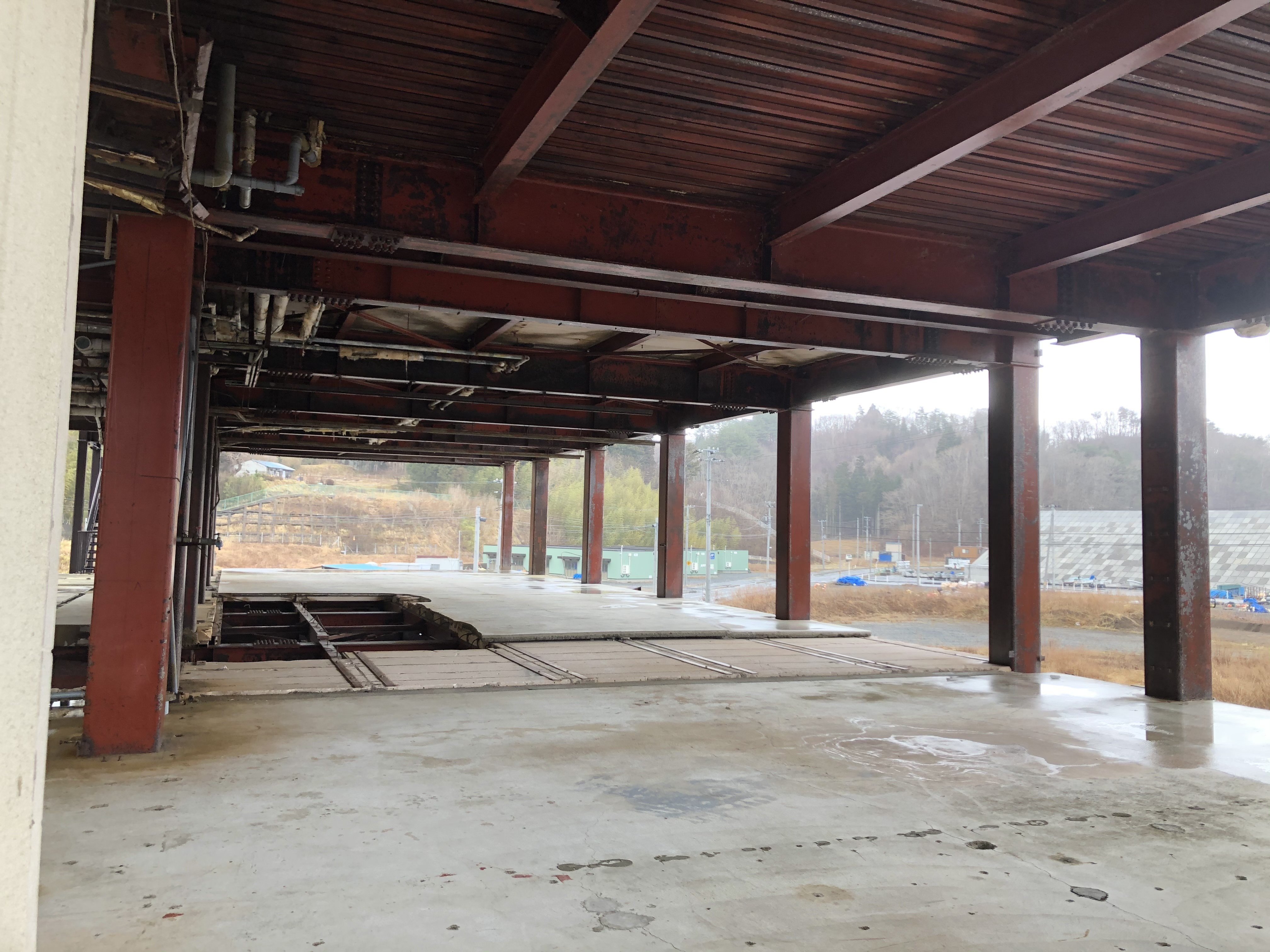
While she tried to explain as calmly as possible during the whole tour, a sense of sorrow can clearly be felt in her voice. The sadness when she thinks about victims whose bodies were never found, the regret of being unable to save her relatives whom she lost in the disaster; these memories live on within her after 10 years. However, despite the sorrowful memories, she chose to stay by the sea that she grew up with, continue passing down her experience to younger generations and hope that the tour can raise awareness on disaster mitigation among people including those from outside the town.

Lastly, she hopes that her sentiment towards disaster prevention can reach other countries as well. “I hope that people can think about disasters by putting themselves in the position of disaster victims, realising that such an event is not exclusive to people in Taro. It can happen to anyone and understand the importance of disaster prevention education,” said Motoda when asked what kind of message she would like to share to Malaysians and the international community.
—————————————————————————————
The Tokyo Olympic Games is also dubbed “Reconstruction Olympics”, aiming to promote post-disaster reconstruction in areas affected by the 2011 Tohoku earthquake and tsunami. Although the Olympics will be held with a much smaller scale than planned due to the pandemic, it is an important event that brings hope to those who have been working relentlessly for the past 10 years on the recovery of the post disaster areas. We hope readers can support their efforts by giving words of encouragement and visit the place when it is safe to travel again!
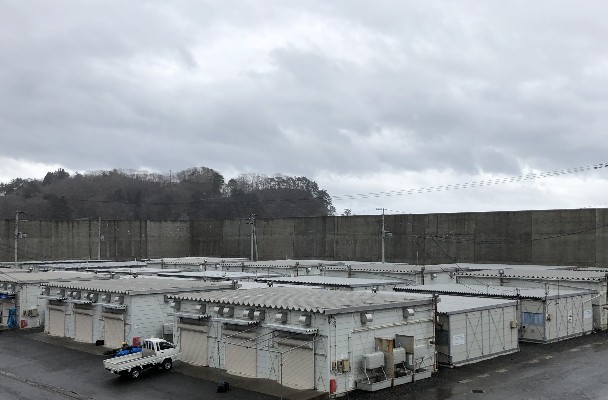
Comments